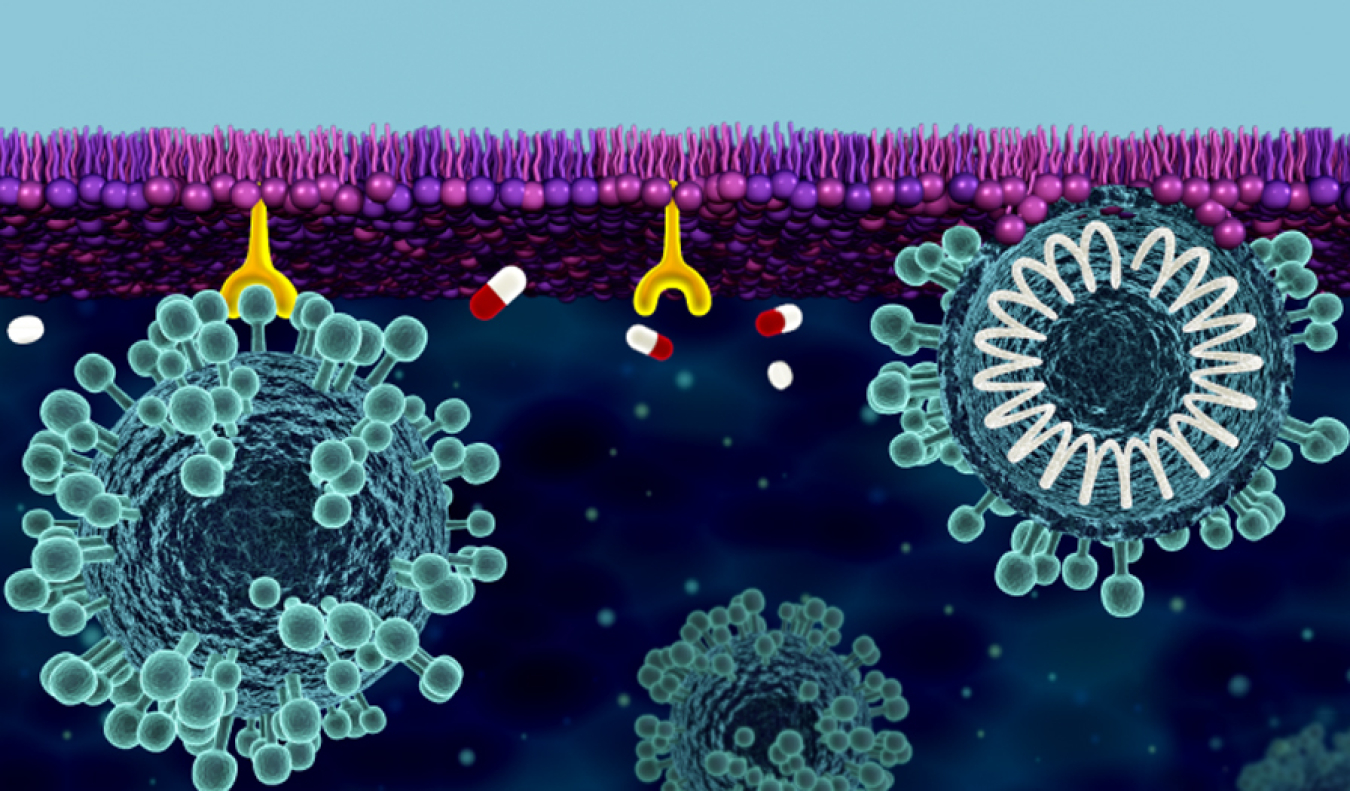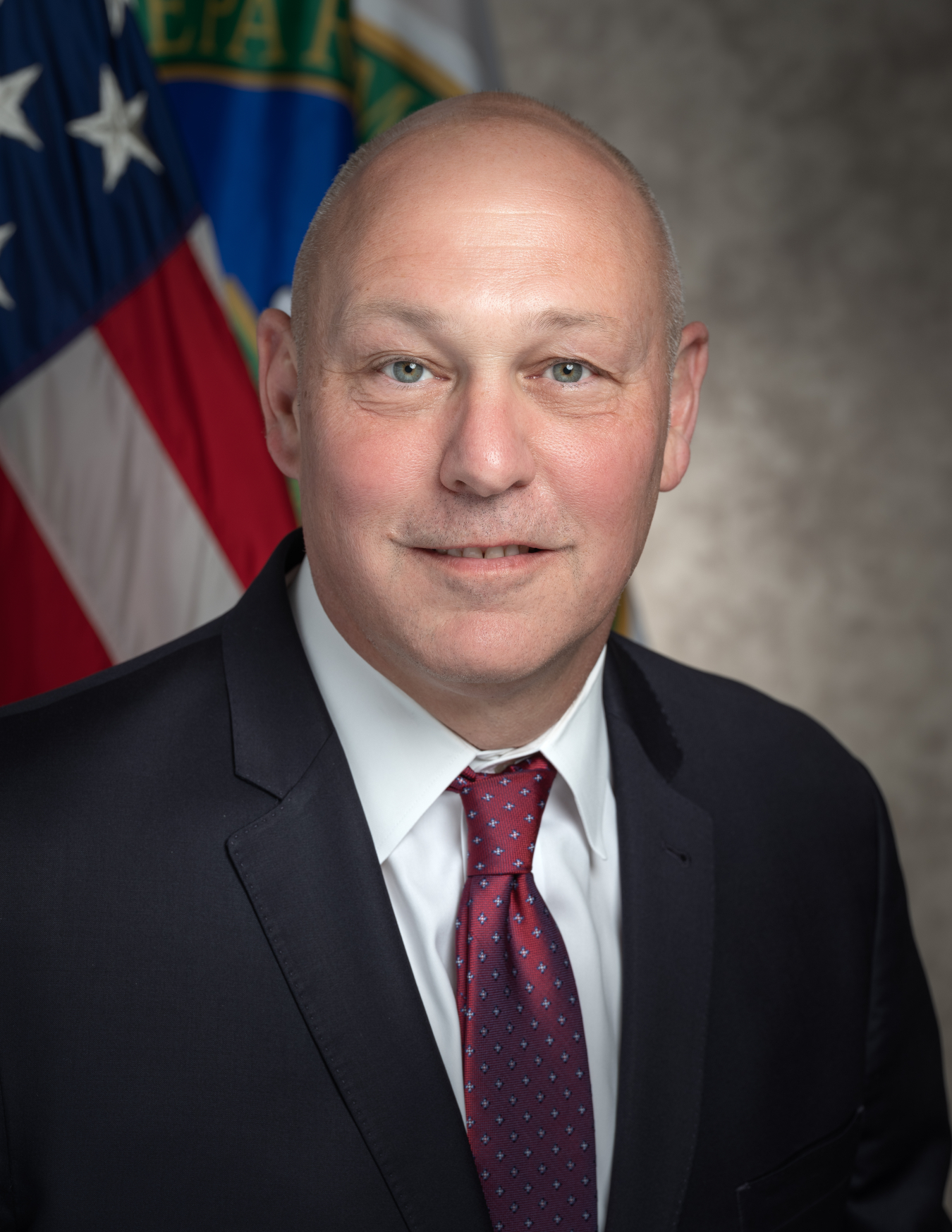The Office of Science has led the Department of Energy’s research and development efforts to respond to COVID-19.
December 28, 2020
The COVID crisis is unlike any other event the nation and the world have faced in nearly a century. The Department of Energy’s (DOE) Office of Science has not only invested in areas that support our laboratories and researchers, we lead the Department’s research and development response to COVID. This effort is ensuring that our 17 national labs are working in tandem to support the nation. The ability of researchers across the country at national labs, at universities, and in industry to work together is crucial to fighting this pandemic.
For many of us, moments like this are why we became scientists and engineers. We are here to take on problems that we could not have predicted, but that we can solve with our collective unique knowledge, skills, and effort.
With this in mind, the Office of Science swiftly took action. We created the National Virtual Biotechnology Laboratory (NVBL) and joined the Office of Science and Technology Policy (OSTP)-led COVID-19 High Performance Computing Consortium. These are two incredible initiatives that have allowed cooperative research and development across government agencies, national labs, universities, industry leaders, and our international allies.
The National Virtual Biotechnology Laboratory is a consortium of 17 national laboratories, all of which have core capabilities relevant to the threats posed by COVID-19. NVBL is taking advantage of DOE Office of Science user facilities to address key challenges in responding to the COVID-19 threat. These facilities include light and neutron sources, nanoscale science centers, sequencing and bio-characterization facilities, and high-performance computer facilities. The NVBL is working in six different areas:
- Addressing supply chain bottlenecks by harnessing extensive additive manufacturing capabilities
- Developing innovations in testing capabilities
- Identifying new targets for medical therapeutics
- Providing epidemiological and logistical support
- Determining the fate and transport of the virus in the environment, and
- Participating in the High Performance Computing (HPC) Consortium.
But where the NVBL really shines is the extensive collaboration with researchers, both in academia and the private sector. The DOE user facilities are available to users in all sectors of the research community. In fact, the idea of a virtual and connected biotechnology laboratory has been an interest of the Office of Science for a while, and COVID-19 provided the perfect opportunity to test out this idea. This current success will enable future cooperation, even after work focused on the pandemic fades and we return to business as usual.
The Office of Science labs are also part of the COVID-19 High Performance Computing Consortium. This consortium is spearheaded by OSTP and involves the nation’s top computing companies. Separate from NVBL, the HPC Consortium brings together supercomputing resources within the government and industry and makes them available to researchers who apply. So far, the Consortium has approved more than 90 projects, including ones from universities, companies, and other research and medical organizations.
The Office of Science has been a critical part of our nation’s response to COVID-19. From addressing supply chain issues for test kits to testing R&D to modeling virus transmission, we are proud to serve this county in a time of incredible need.
The Office of Science is the single largest supporter of basic research in the physical sciences in the United States and is working to address some of the most pressing challenges of our time. For more information please visit /science
Dr. Chris Fall

Dr. Chris Fall served as Director of the Department of Energy's Office of Science, the lead federal agency supporting fundamental scientific research for energy and the nation's largest supporter of basic research in the physical sciences. He oversaw the Office's two principal thrusts: direct support of scientific research, and development, construction, and operation of unique, open-access scientific user facilities that are made available to external researchers. The Office of Science also is responsible for stewardship of 10 of the Department's 17 national laboratories.
Before joining the Office of Science, Fall served as a Senior Advisor to the Undersecretary for Energy and as Acting Director of DOE's Advanced Research Projects Agency-Energy (ARPA-E). Fall came to DOE from the Office of Naval Research (ONR), where he served for more than seven years in a variety of roles including Acting Chief Scientist and Lead for the Research Directorate, Deputy Director of Research, Director of the International Liaison Office, and the ONR Innovation Fellow. While on loan from ONR, Fall served for three years in the White House Office of Science and Technology Policy as Assistant Director for Defense Programs and then as Acting Lead for the National Security and International Affairs Division. Before government service, Fall was a faculty member at the University of Illinois at Chicago, and he completed postdoctoral fellowships at the University of California at Davis Institute for Theoretical Dynamics and the New York University Center for Neural Science.
Fall earned a Ph.D. in Neuroscience and a B.S. in Mechanical Engineering from the University of Virginia. He also holds an MBA from Northwestern University's Kellogg School of Management.

